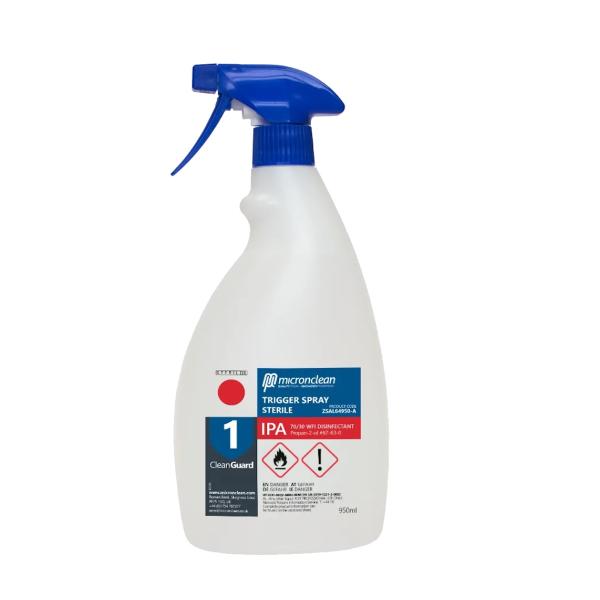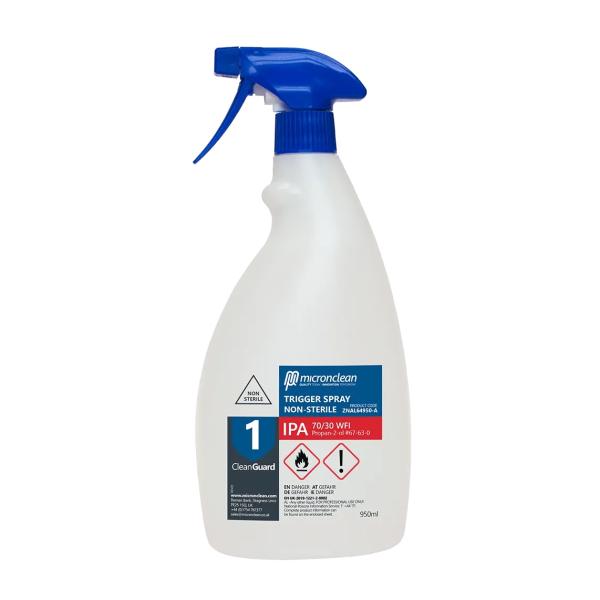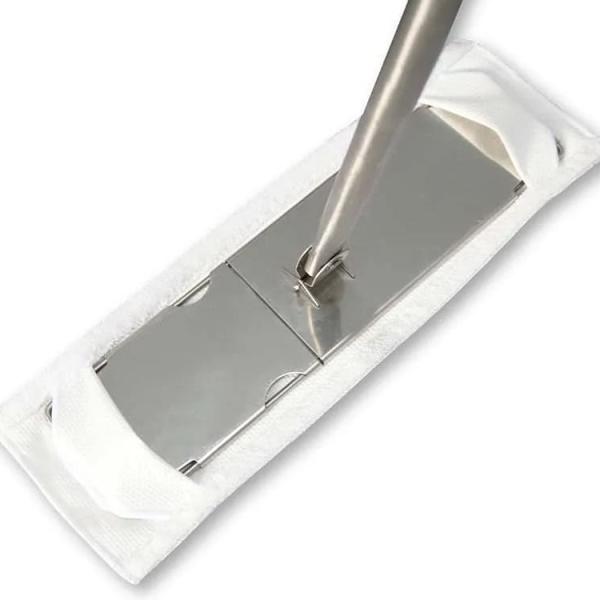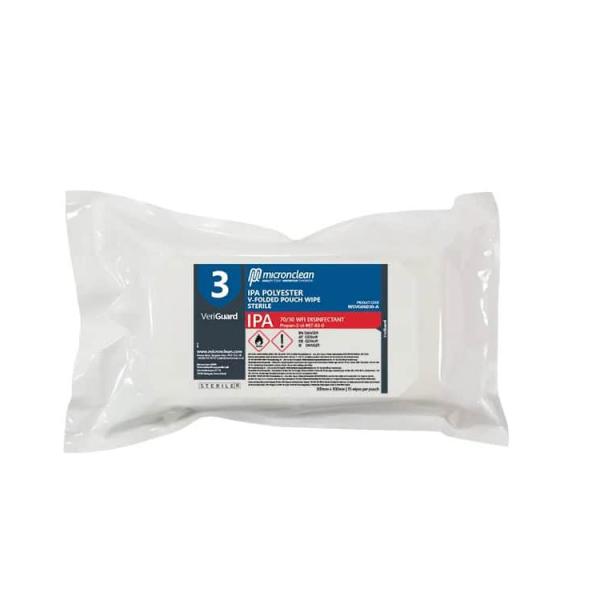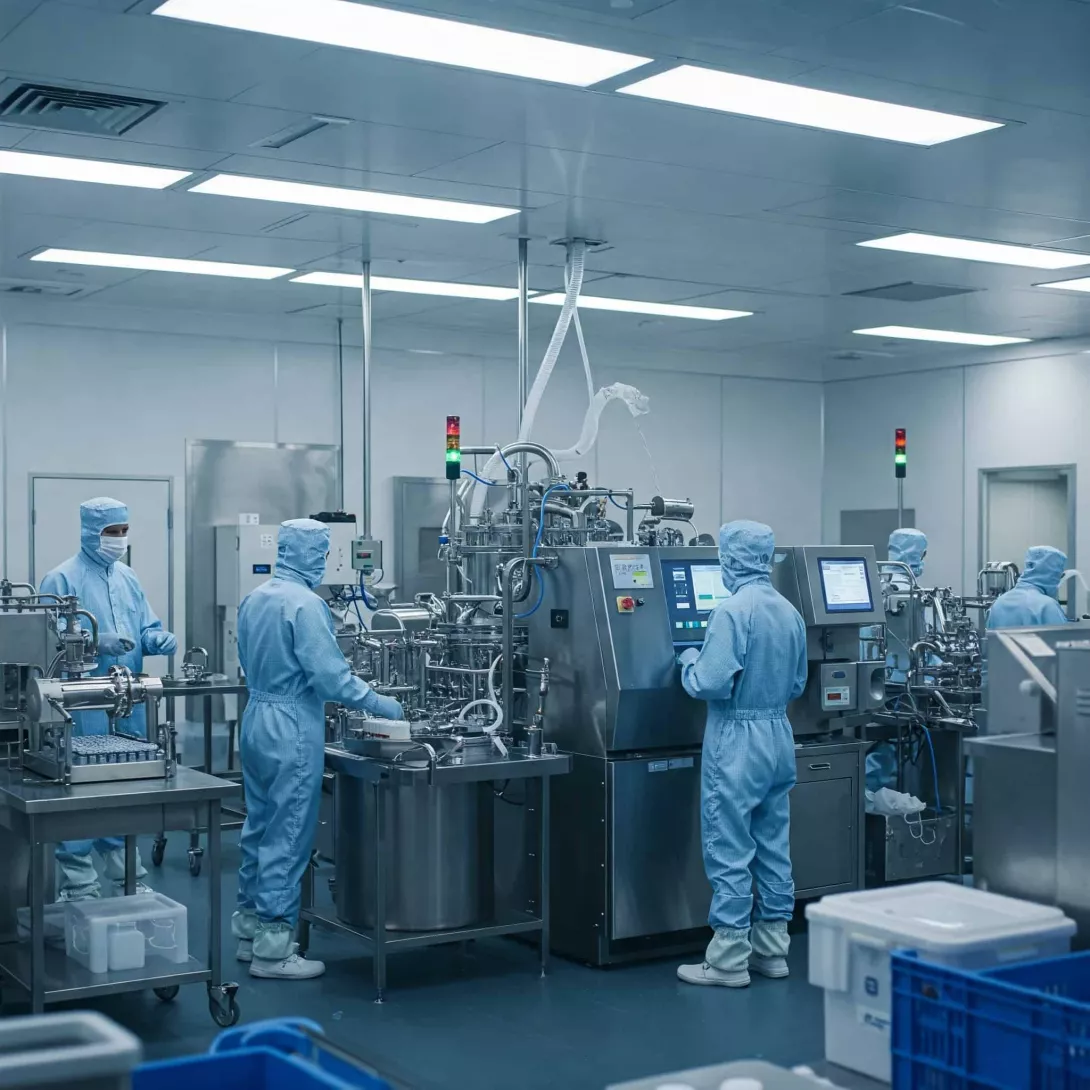
The Essential Guide to Cleanroom Consumables in Pharmaceutical Manufacturing
In the highly regulated world of pharmaceutical manufacturing, maintaining a sterile and controlled environment is paramount. Cleanroom consumables are critical components in ensuring product integrity and patient safety. This guide delves into the essential aspects of cleanroom consumables, covering their types, selection criteria, and best practices.
Understanding the Importance of Cleanroom Consumables
Cleanroom consumables are not just accessories; they are fundamental to preventing contamination and maintaining the stringent standards required in pharmaceutical production. These items protect both the product and the personnel from particulate matter, microorganisms, and other contaminants.
Types of Cleanroom Consumables
- Personal Protective Equipment (PPE):
- Gloves: Nitrile, latex, or other materials, selected for their barrier properties and comfort.
- Gowns and Coveralls: Designed to minimize shedding of particles and fibers.
- Masks and Respirators: Essential for preventing airborne contamination.
- Shoe Covers and Booties: To contain particles brought in from outside.
- Headwear and Beard Covers: To prevent hair and skin particles from contaminating the environment.
- Cleaning and Disinfection Supplies:
- Wipes and Mops: Made from low-linting materials, often pre-saturated with disinfectants.
- Disinfectants and Cleaning Solutions: Specifically formulated for cleanroom use.
- Packaging Materials:
- Sterile Bags and Containers: For storing and transporting sterile products.
- Seals and Labels: To maintain product integrity and traceability.
- Process-Specific Consumables:
- Filters and Tubing: Used in fluid handling and processing.
- Sampling and Testing Supplies: For quality control and assurance.
Selection Criteria for Cleanroom Consumables
Choosing the right consumables involves careful consideration of several factors:
- Material Compatibility: Ensuring consumables don’t react with the products or processes.
- Sterility and Purity: Selecting items that meet ISO or other relevant standards.
- Durability and Performance: Ensuring consumables can withstand the cleanroom environment.
- Regulatory Compliance: Adhering to FDA, GMP, and other regulatory requirements.
- User Comfort and Ergonomics: Ensuring PPE doesn’t hinder the operator’s ability to perform tasks.
Best Practices for Using Cleanroom Consumables
Effective use of consumables is crucial. Here are some best practices:
- Proper Storage and Handling: Maintaining sterility by storing items correctly.
- Regular Inspection and Replacement: Ensuring consumables are in good condition.
- Training and Education: Educating personnel on proper usage and disposal.
- Quality Management Systems: Implementing systems to track and control consumable usage.
"Maintaining a sterile environment is not just about having cleanrooms; it’s about the meticulous selection and use of every consumable within them."
The Future of Cleanroom Consumables
As technology advances, we can expect innovations in cleanroom consumables, such as self-sterilizing materials, improved barrier technologies, and more sustainable options. Staying informed about these developments is essential for maintaining cutting-edge cleanroom practices.
Conclusion
Cleanroom consumables are indispensable in pharmaceutical manufacturing. By understanding their types, selection criteria, and best practices, manufacturers can ensure a sterile environment, safeguarding product quality and patient safety. For further information or specific inquiries, please contact our team.
